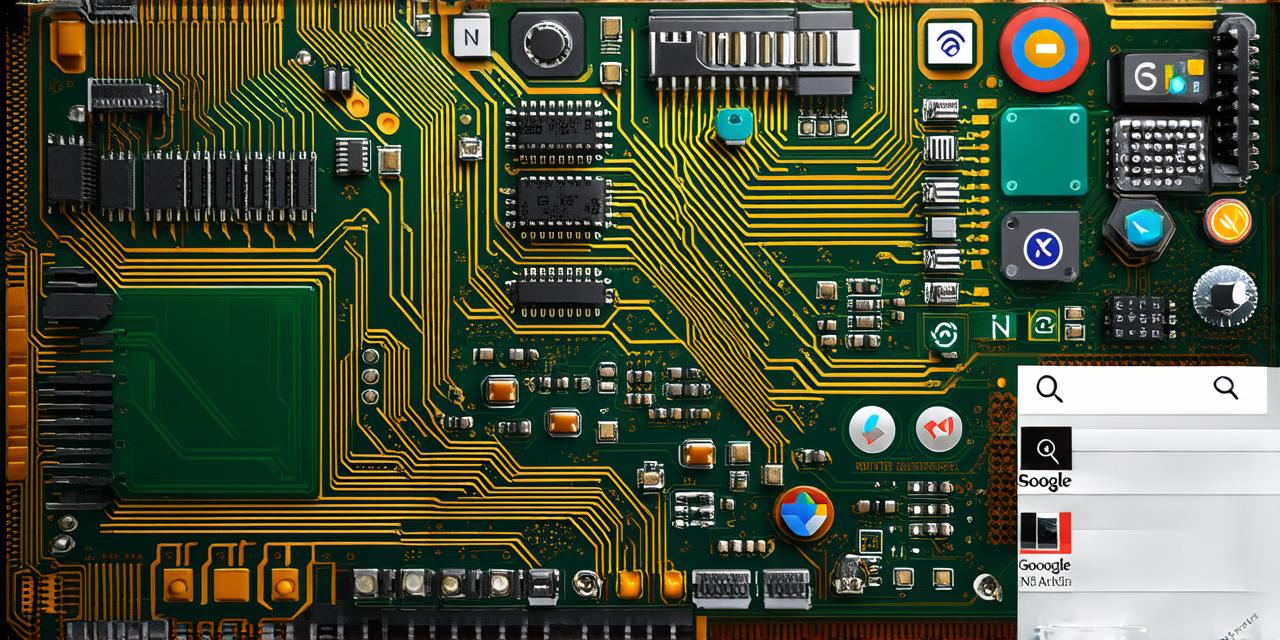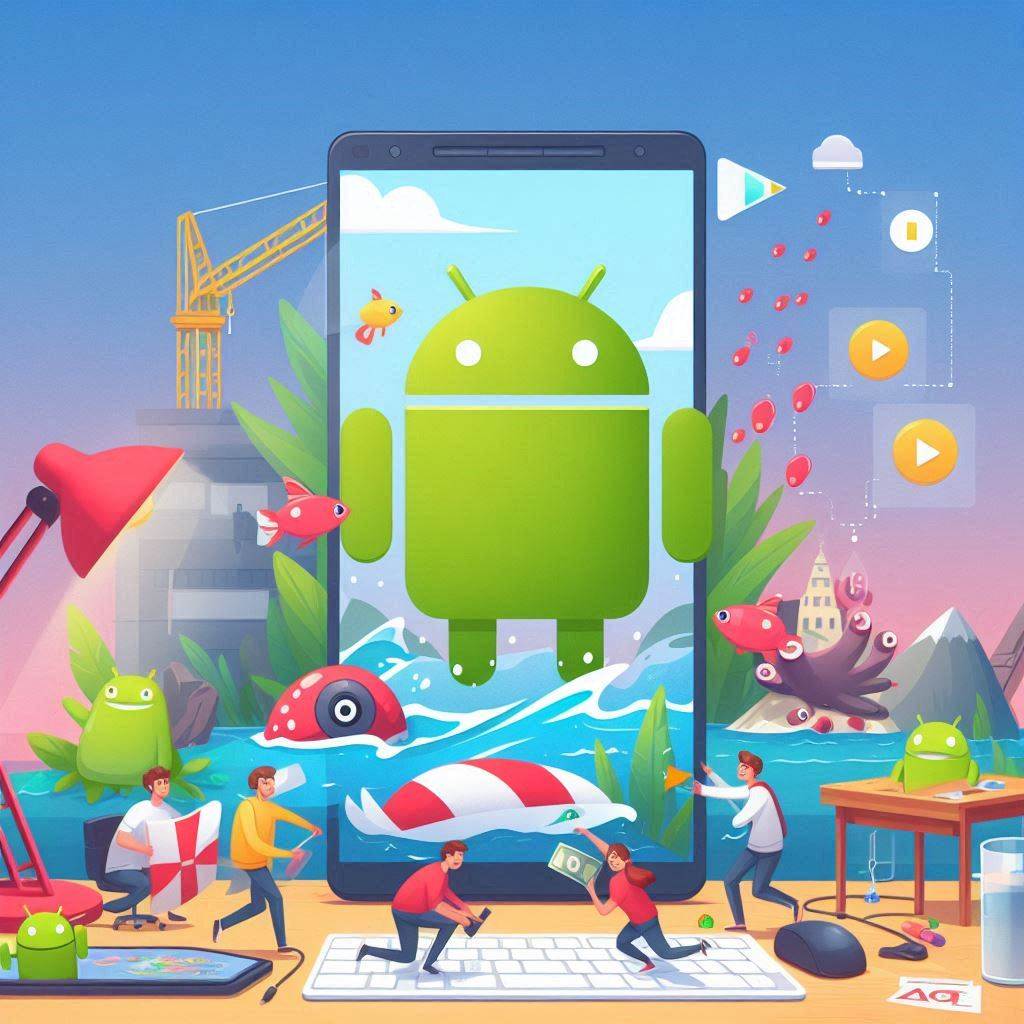The Future of Native Android Development
: An Analysis and Guide for Game Developers
Introduction
Android has been one of the most popular mobile operating systems in recent years. With over 2.5 billion active devices running on it, developers have a massive audience to target when creating games. However, with so many options available, choosing the right development platform can be challenging. In this article, we will explore the future of native Android development and its implications for game developers. We will also discuss some of the best practices and tools that developers can use to create engaging and high-performing games on the platform.
Native vs Cross-Platform Development
One of the main advantages of native Android development is the ability to take advantage of the device’s hardware directly. This means that game developers can optimize their games for specific devices, making them run faster and smoother. For example, a game designed for high-end devices with powerful processors and graphics cards will perform much better than a game designed for low-end devices with limited resources.
However, cross-platform development has its advantages as well. With cross-platform development, developers can create games that run on multiple platforms, including Android, iOS, and Windows, with just one codebase. This can save time and resources, making it easier to reach a wider audience. However, this comes at the cost of sacrificing some level of performance optimization, as the game will have to be designed to work on devices with varying hardware specifications.
Native Android Development Tools
There are many tools available for native Android development, each with its own set of features and capabilities. Some of the most popular tools include:
Android Studio
Android Studio is an integrated development environment (IDE) designed specifically for Android app development. It has a wide range of features, including code completion, debugging tools, and performance profiling. Android Studio also supports Kotlin, a modern programming language that can make development faster and more efficient.
Unity
Unity is a popular game engine that supports both native and cross-platform development. It has a large community of developers and offers a wide range of features, including 2D and 3D graphics, physics engines, and AI capabilities.
Unreal Engine
Unreal Engine is another popular game engine that supports both native and cross-platform development. It has a wide range of features, including advanced graphics and physics engines, AI capabilities, and virtual reality (VR) support. Unreal Engine also supports C++, a powerful programming language that can make development faster and more efficient.
Native Android Development Best Practices
There are several best practices that game developers should follow when developing for native Android:
Optimize for Performance
Performance is critical when it comes to mobile gaming. Game developers should optimize their games for the device’s hardware, ensuring that they run smoothly and efficiently. This can be achieved by using techniques such as texture compression, level of detail (LOD) optimization, and frame rate capping.
Use Native Libraries
Native libraries can provide game developers with access to the device’s hardware directly. This can lead to significant performance improvements, especially when it comes to tasks such as graphics rendering and physics simulation. However, developers should be careful when using native libraries, as they can be difficult to integrate into their codebase.
Test on Multiple Devices
Testing on multiple devices is crucial when developing for Android. Game developers should test their games on a wide range of devices, including high-end and low-end devices, to ensure that they run smoothly and efficiently on all platforms.
The Future of Native Android Development
The future of native



